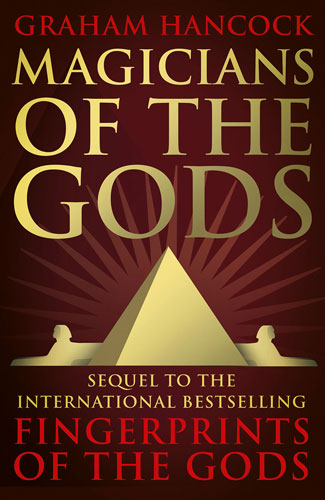Humans news stories
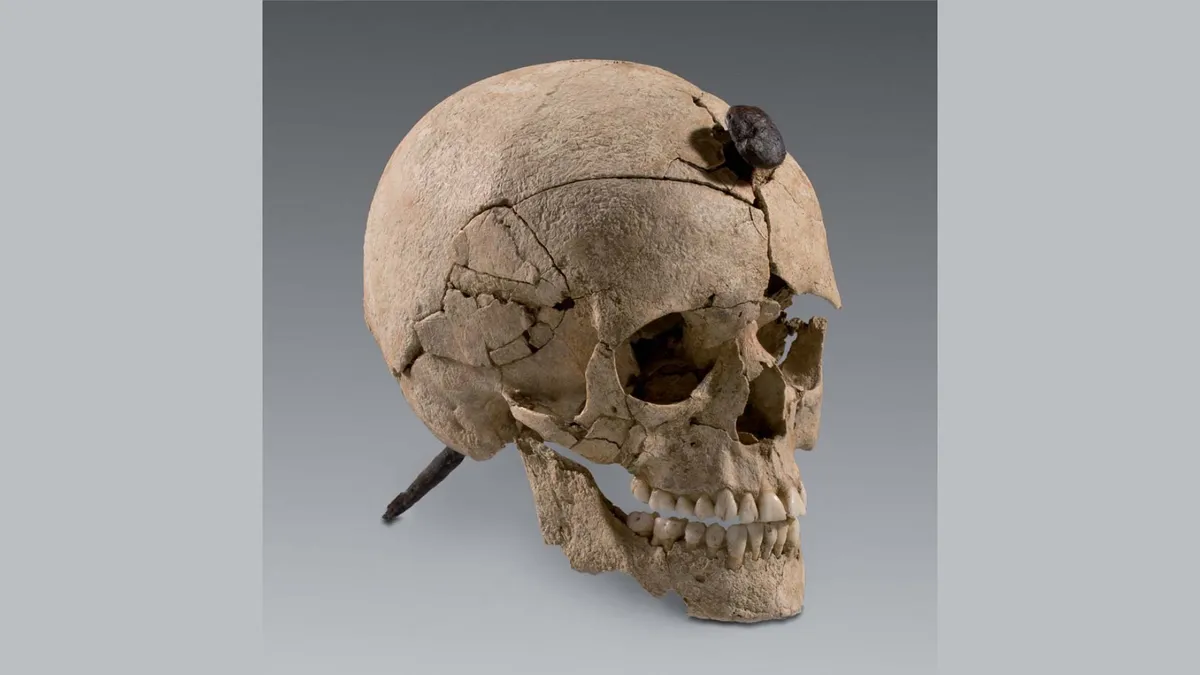
Prehistoric people in Spain severed the heads of dead people and drove giant nails through their skulls for very different reasons: to celebrate the community’s ancestors and to intimidate their enemies, a new analysis of Iron Age skulls suggests.

The ancient peoples of the Philippines and of Island Southeast Asia (ISEA) may have built sophisticated boats and mastered seafaring tens of thousands of years ago—millennia before Magellan, Zheng He, and even the Polynesians. The paper was published in the Journal of Archaeological Science.

A very rare treat is about to grace Earth’s night skies. On the evening of 28 February 2025, all seven of the other planets in the Solar System will appear in the night sky at the same time, with Saturn, Mercury, Neptune, Venus, Uranus, Jupiter, and Mars all lining up in a neat row – a magnificent sky feast for the eyes known as a great planetary alignment.
The researchers suggest that this could be linked to violence between groups of ancient humans at the end of the last Ice Age.

In a rare encounter, a young man from an isolated Indigenous tribe approached a riverine community in Brazil’s Amazon, the country’s Indigenous affairs agency and local witnesses said Thursday.

The tiny cuts and grooves that decorate some ancient human artifacts are not just pretty accidents, according to some archaeologists. The subtle patterns could be early signs of creativity and symbolic thinking in our stone-knapping ancestors. The study was published in Archaeological and Anthropological Sciences.
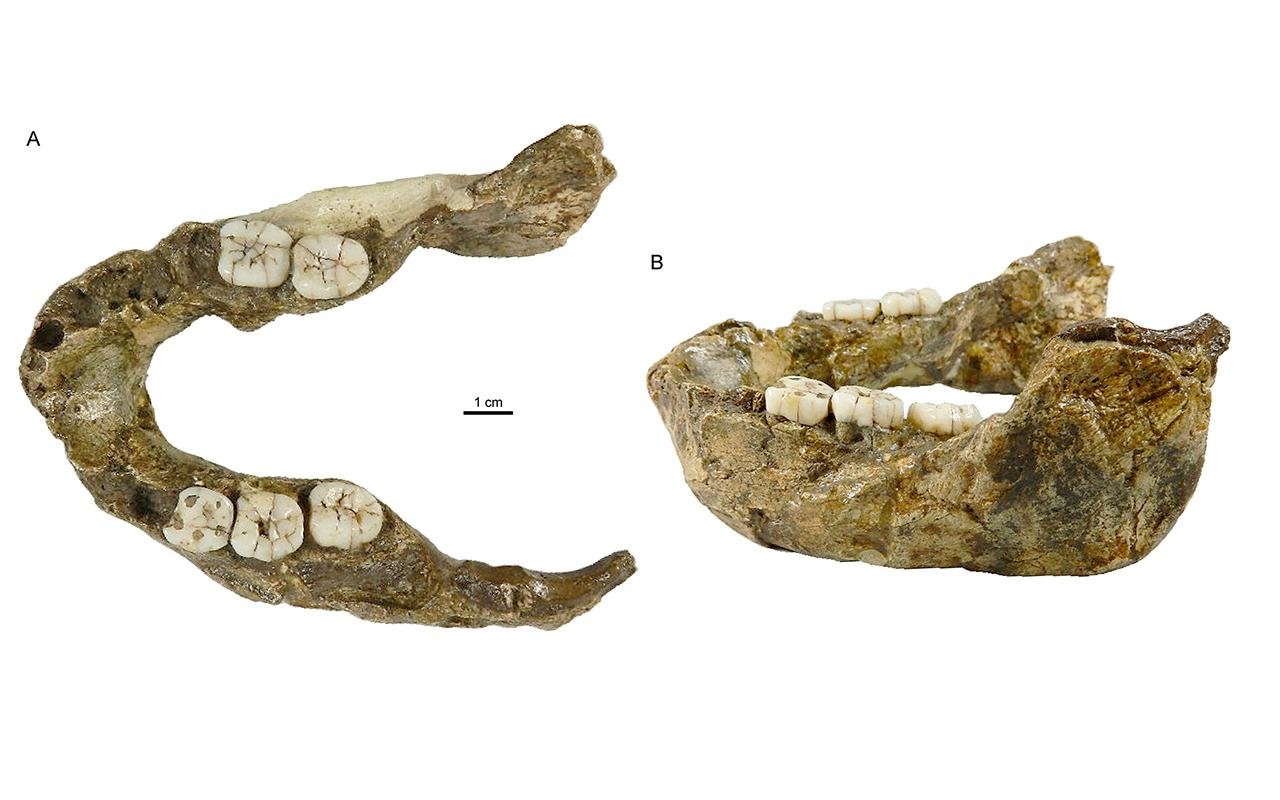
A 1.4-million-year-old fossilized jawbone found in South Africa belongs to a newly discovered species of Paranthropus, an extinct genus of human relatives, according to a recent study published in the Journal of Human Evolution.

Language has long been considered a uniquely human trait, with features that mark it out as distinct from the communication of all other species. However, research published in Science has uncovered the same statistical structure that is a hallmark of human language in humpback whale song.

A new study demonstrates that certain incised stone artifacts from the Levantine Middle Paleolithic, specifically from Manot, Qafzeh, and Quneitra caves, were deliberately engraved with geometric patterns, indicating advanced cognitive and symbolic behavior among early humans.
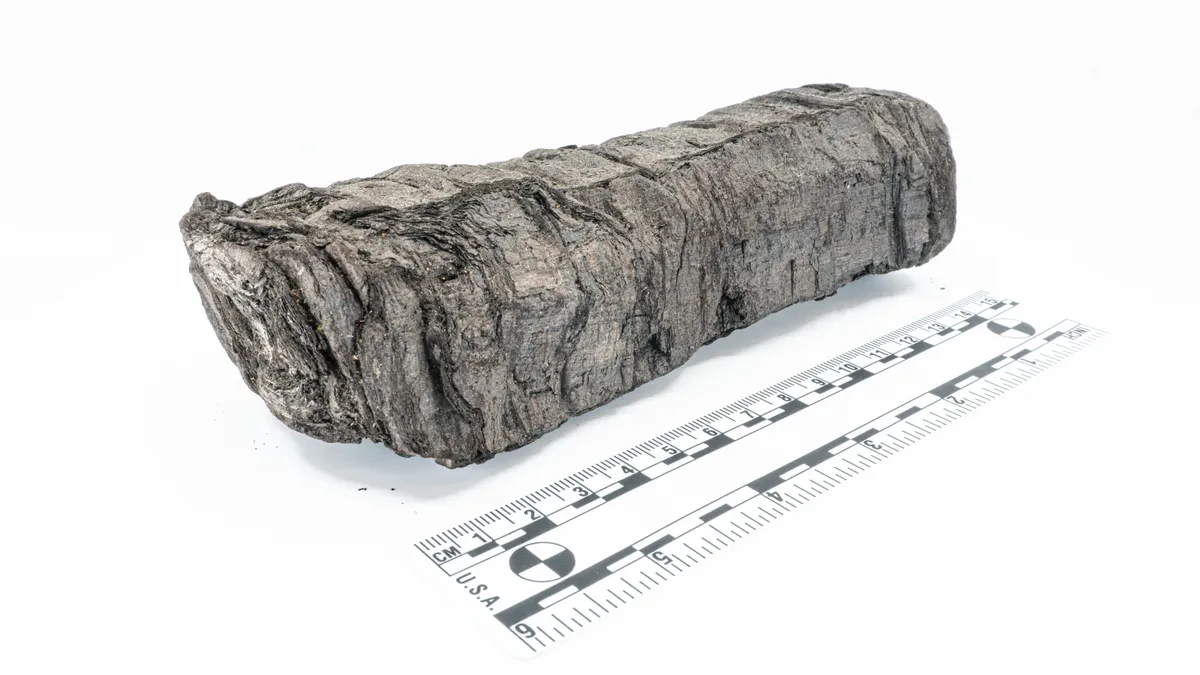
A 2,000-year-old Herculaneum scroll buried by the eruption of Mount Vesuvius is filled with lost words that scholars can now decipher thanks to AI and a particle accelerator.

Advanced artificial intelligence is to revolutionise fundamental physics and could open a window on to the fate of the universe, according to Cern’s next director general.
A study on rats found that administering 2,5-dimethoxy-4-iodoamphetamine before giving them an opportunity to take heroin reduced their motivation to do so…The study also identified a specific type of receptor on neural cells that is crucial for this effect. The paper was published in Neuropharmacology.

Piecing together fragments of the world’s earliest known rune stone shows they fit together like a jigsaw puzzle and may have been separated intentionally, shedding light on the varied pragmatic and ritual aspects of early Germanic rune stones. See the research here.
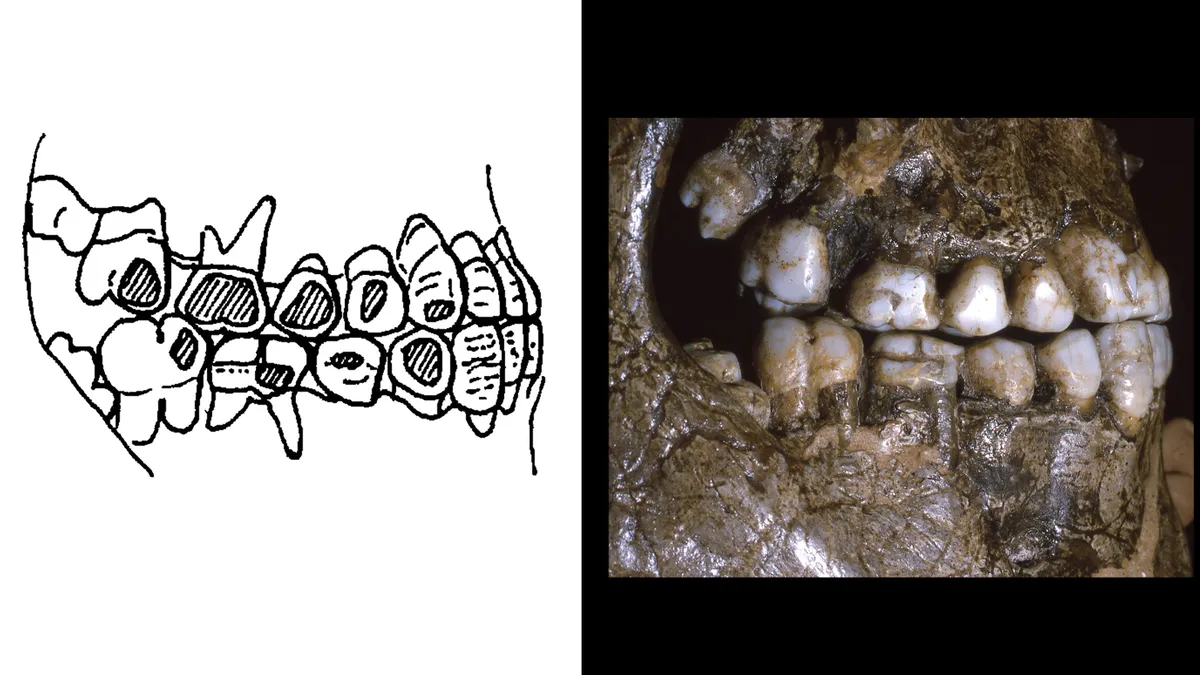
Strange, flat patches on the teeth of ancient Europeans have puzzled archaeologists for centuries. But one researcher thinks he’s solved the mystery: Ice age people as young as 10 years old rocked cheek piercings. The study was published Jan. 23 in the Journal of Paleolithic Archaeology.
The idea of lightsails is something out of science fiction. As early as the 1950s and ‘60s, science fiction writers John Campbell, Arthur C. Clarke and others were toying with the idea of “solar sails” for spacecraft propulsion…Project researchers report in a paper published in Nature Photonics that they have developed a platform to test the materials that could one day form lightsails.

Sheep have been intertwined with human livelihoods for over 11,000 years. As well as meat, their domestication led to humans being nourished by their protein-rich milk and clothed by warm, water-resistant fabrics made from their wool. The findings are published in the journal Science.








